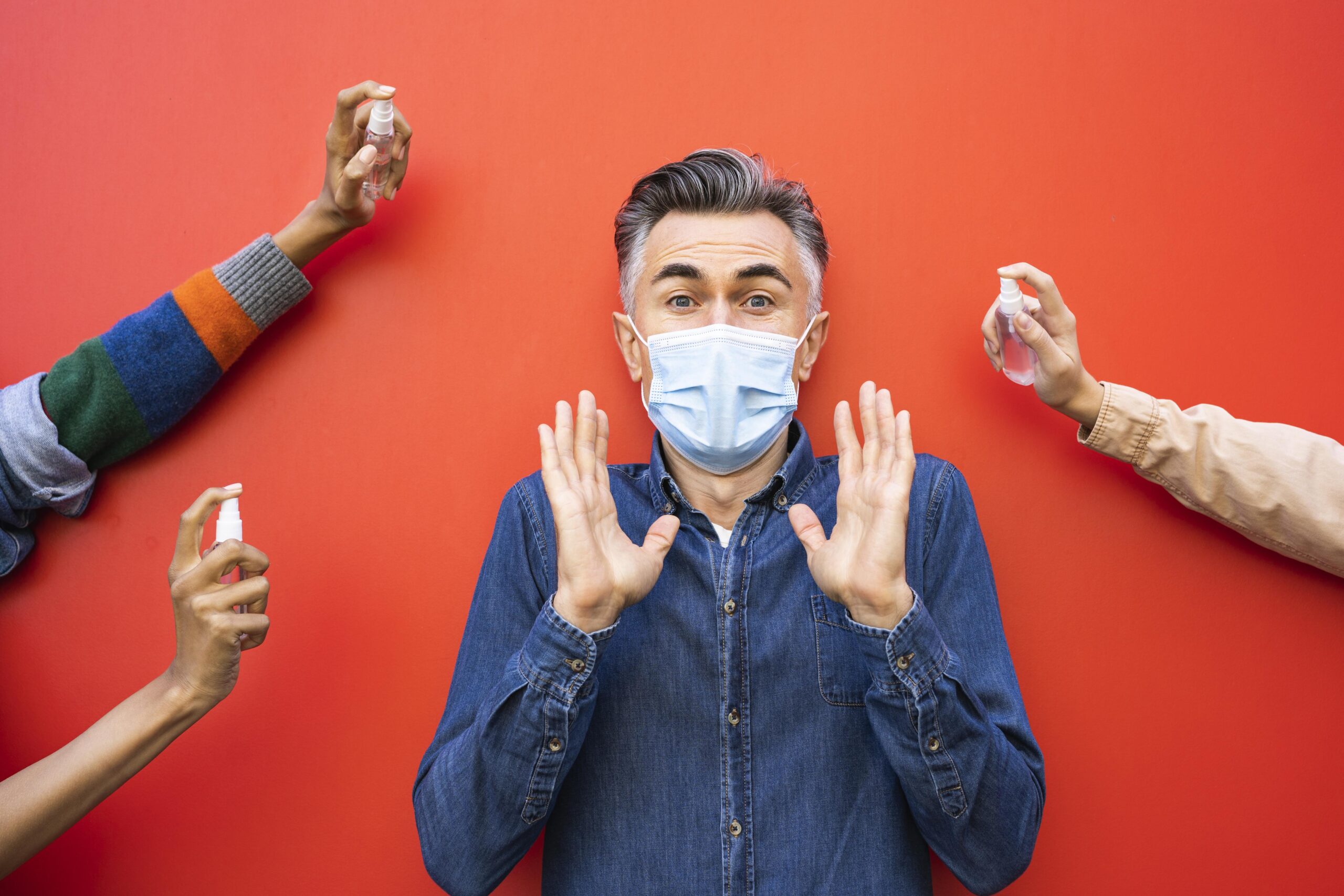COVID positive? Here’s the latest guidance from the Centers for Disease Control and Prevention on what to do next.
New COVID Variants Drive Rise in Cases and Hospitalizations Amid Summer Heat
As the summer season intensifies, new COVID-19 variants are contributing to an increase in cases and emergency room visits across the United States. These variants, collectively referred to as the “FLiRT” variants, include KP.1.1, KP.3, and KP.2. According to the latest data from the Centers for Disease Control and Prevention (CDC), these strains now account for more than 54% of COVID-19 cases in the country.
Given the rise in cases and hospitalizations, it’s essential to understand what steps to take if you become infected. The CDC has updated its guidelines earlier this year, so the recommendations might be different from what they were in the past.
Updated CDC Guidelines for COVID-19:
In March, the CDC revised its COVID-19 guidelines to align more closely with the protocols for other respiratory infections. One of the most significant changes is that individuals who test positive for COVID-19 are no longer required to isolate for five days. Instead, the CDC advises that people can return to work or resume regular activities if their symptoms are mild and improving and if they have been fever-free for at least 24 hours without using fever-reducing medication.
According to the CDC, “The recommendations suggest returning to normal activities when, for at least 24 hours, symptoms are improving overall, and if a fever was present, it has been gone without the use of a fever-reducing medication.”
Despite the relaxation of isolation requirements, the CDC still recommends that individuals with COVID-19 symptoms stay home until their symptoms improve. Additionally, once people resume their activities, they should follow “additional prevention strategies” for the next five days. These strategies include wearing a mask and maintaining distance from others to prevent further spread of the virus.
Prevention and Safety Measures:
The CDC emphasizes the importance of preventive measures to reduce the risk of infection. Key recommendations include staying up to date with vaccinations, practicing good hygiene, and improving indoor air quality. Here’s a breakdown of these measures:
1. Vaccination
Staying current with vaccinations is crucial in protecting against severe illness, hospitalization, and death. This includes vaccines for COVID-19, flu, and RSV (Respiratory Syncytial Virus) if eligible. Vaccinations help build immunity and reduce the overall impact of the virus.
2. Good Hygiene Practices
Practicing good hygiene is essential in preventing the spread of respiratory infections. This includes covering coughs and sneezes, washing hands frequently with soap and water, using hand sanitizer, and regularly cleaning frequently touched surfaces.
3. Improving Air Quality
Ensuring cleaner air by increasing ventilation, purifying indoor air, or spending time outdoors can reduce the risk of transmission. Bringing in fresh air from outside and using air purifiers can help maintain a healthier indoor environment.
These updated guidelines come at a time when COVID-19 is no longer the public health threat it once was. Early in the pandemic, COVID-19 was the third leading cause of death in the United States, but it has now dropped to the 10th position as of last year. This decline is partly due to the widespread immunity that people have developed through vaccinations and previous infections.
Despite these improvements, many people are not strictly adhering to the five-day isolation guidance, according to some experts. This non-compliance underscores the need for continued public education and adherence to preventive measures to keep the virus at bay.
In summary, the CDC’s updated guidelines reflect a shift in the approach to managing COVID-19, focusing on integrating preventive measures into daily life while allowing individuals to return to normal activities more quickly. By staying informed and following these recommendations, we can collectively reduce the impact of COVID-19 and maintain public health and safety.

